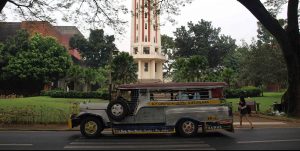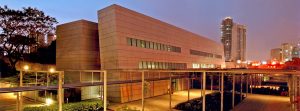The Philippines is a melting pot of different cultures. On its own, it is home to more than 100 different local languages and dialects. Majority of the people speak Tagalog, Cebuano, Iloko, Hiligaynon, and Waray. In general, the language of the Philippines is called “Filipino” yet most people just refer to it as “Tagalog” even though Tagalog is only one part of the Filipino language.
Tagalog comes from the Malayo-Polynesian branch of the Austronesian language family. The origin of the name Tagalog comes from tagá-ílog, from tagá– ‘native’+ ílog ‘river. Tagalog was originally from the southern part of Luzon, because of it spreading over all the islands of the Philippines, due to its selection as the basis for Filipino, the national language of the Philippines, in 1937 and to the fact that Tagalog is used majorly in the capital of Manila. By 1961 to 1987, Tagalog was known as Pilipino. In 1987, the name was changed to Filipino.
The Filipino languages are heavily influenced by other foreign languages like Malaysian, Spanish, English, and even Chinese because of the history of the country being colonized for long periods of time. It is relatively easy for foreigners to learn Tagalog because even the rules on grammar were taken from foreign languages (majorly English and Spanish) and some of the words will sound like, or even possibly be the Spanish or even English word of that certain thing as some foreign words do not have direct translations to Filipino.
Filipino or Tagalog?
One of the first things one should realise is that it’s simply inaccurate to think that the Philippines has one unifying language. Say for example, in the city of Cebu, Cebuano/Visayan is considered a dialect, which is interesting because they are actually more different from Tagalog.
The Philippines has had a complicated history and one aspect of that in the the 20th century was to pick the language spoken in Manila as the national language. Its label of “Filipino” was an attempt to bring people of the whole country together under one language.
As Filipino and English are the most prominent languages of the Philippines, you’ll have a much easier time in your travels if you first learn Tagalog, which much of the Filipino language derives from.
How To Learn Tagalog Fast
Truth is, learning how to speak Tagalog fluently is much, much easier than it sounds, even for complete beginners. In fact, pronouncing words in Tagalog is actually easier than in English because of the absence of “silent letters”. So a word in Tagalog sounds exactly as it looks like it would sound.
Here’s a short list of English phrases translated into Tagalog:
| How are you? | Kumusta ka? |
| I’m fine | Ayos naman |
| And you? | Ikaw? |
| What’s your name? | Anong pangalan mo? |
| My name is… | Ang pangalan ko ay… |
Fun, isn’t it? It’ll be much easier for you to learn Tagalog if you practice it everyday by simply interacting with people at the mall, marketplace, or even parks. You’ll realize that Filipinos are extremely patient and friendly.
Source:
Lewis, B. (n.d.). Tagalog: a fun language to learn in the Philippines! Retrieved January 25, 2018, from https://www.fluentin3months.com/tagalog/




